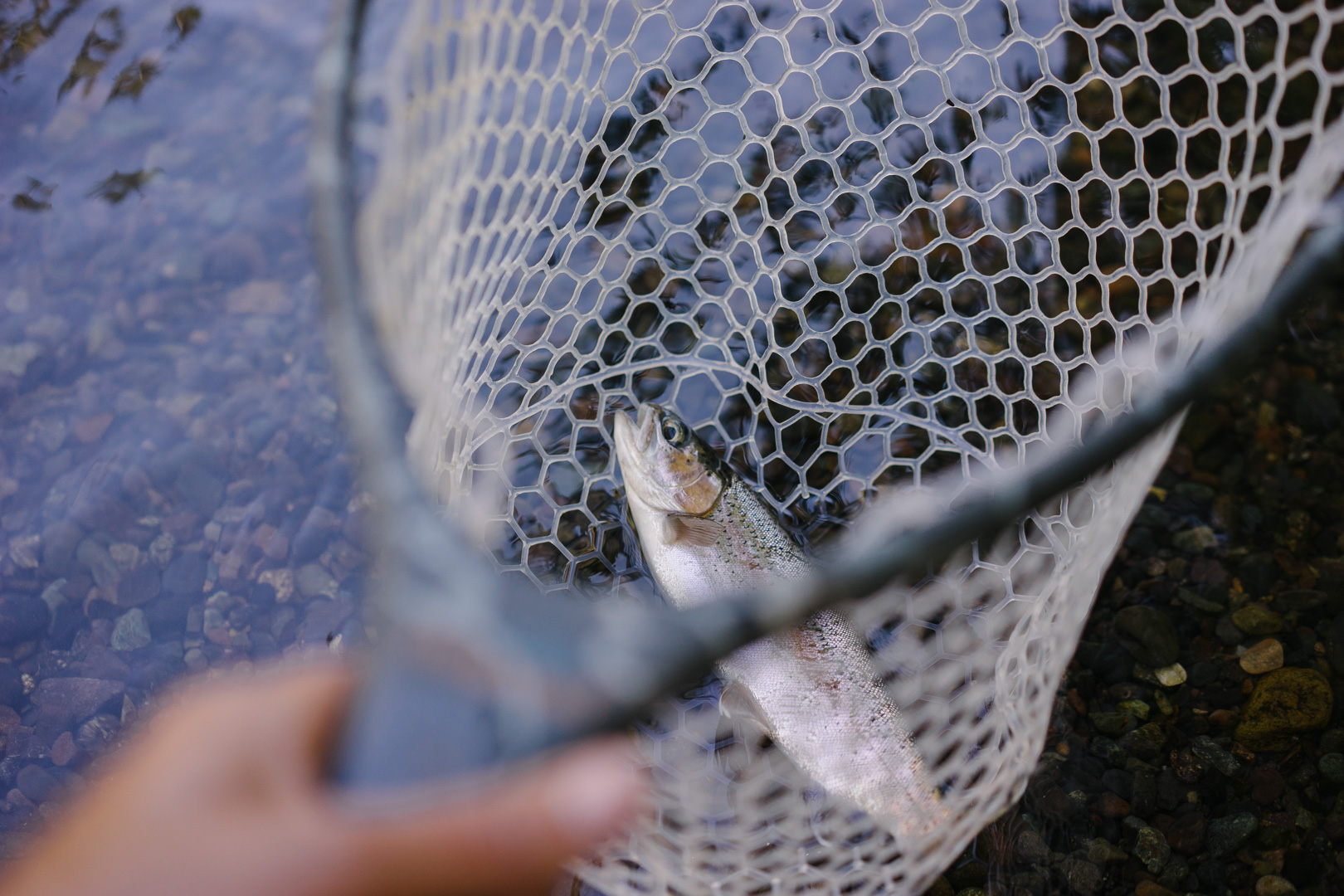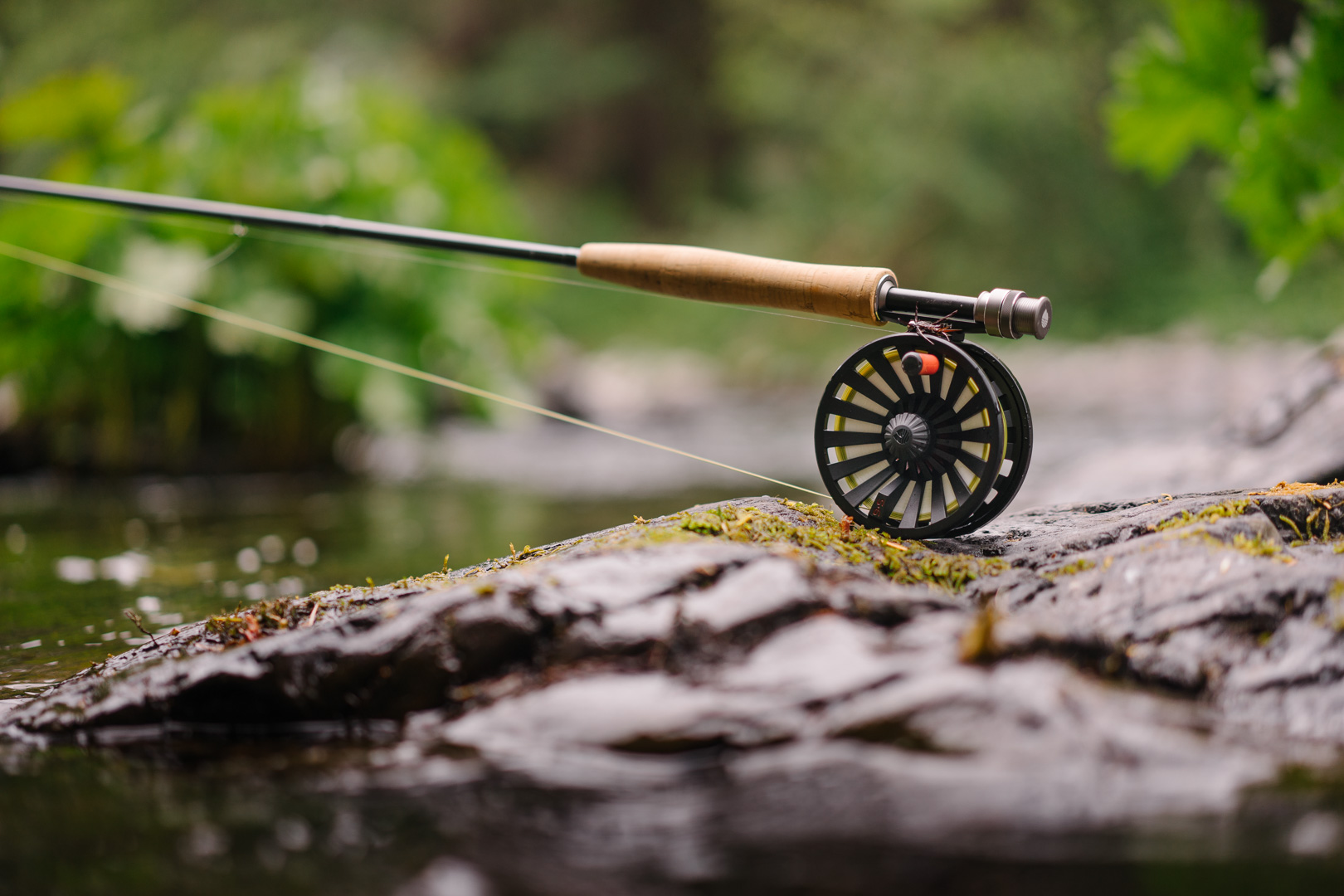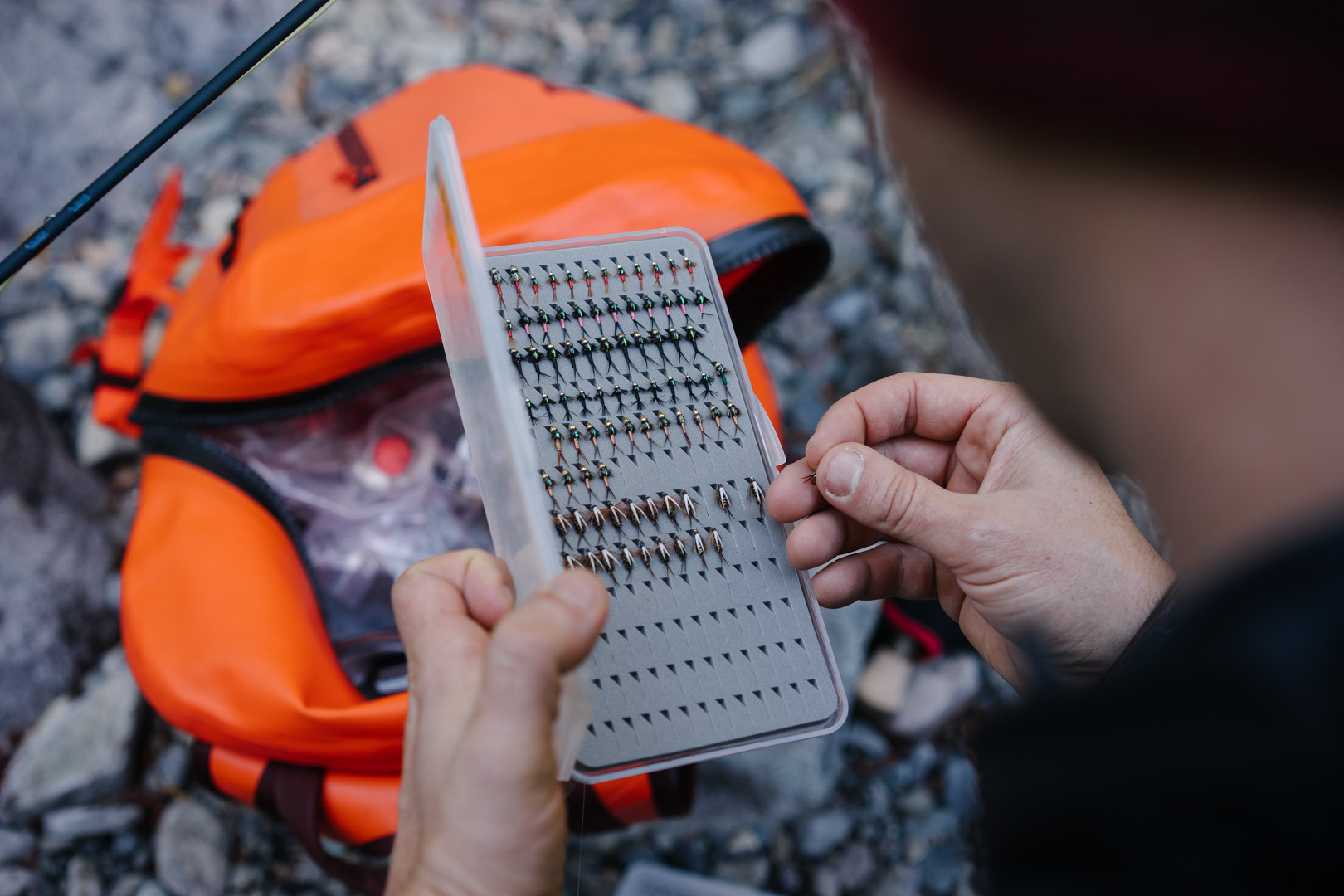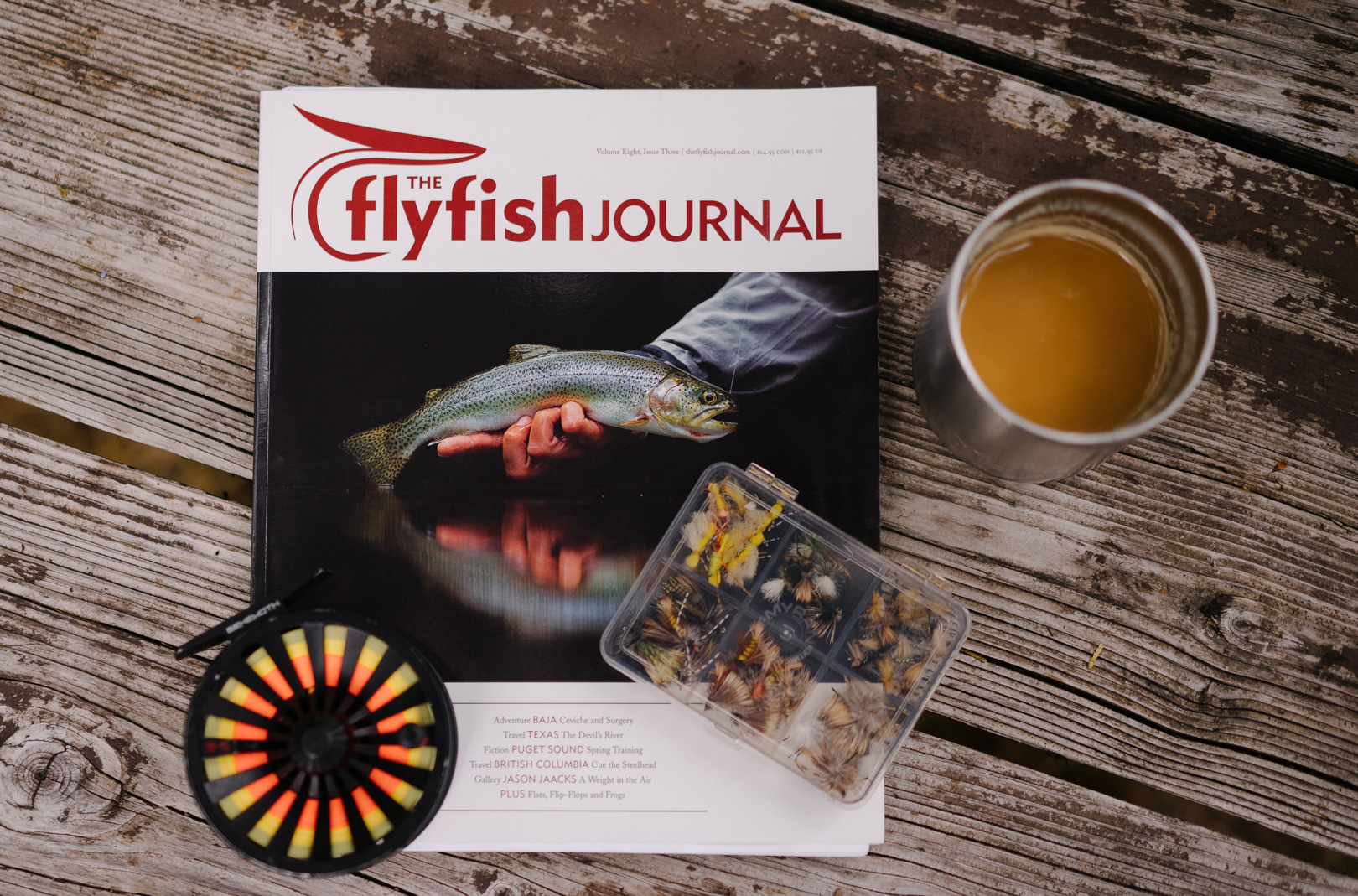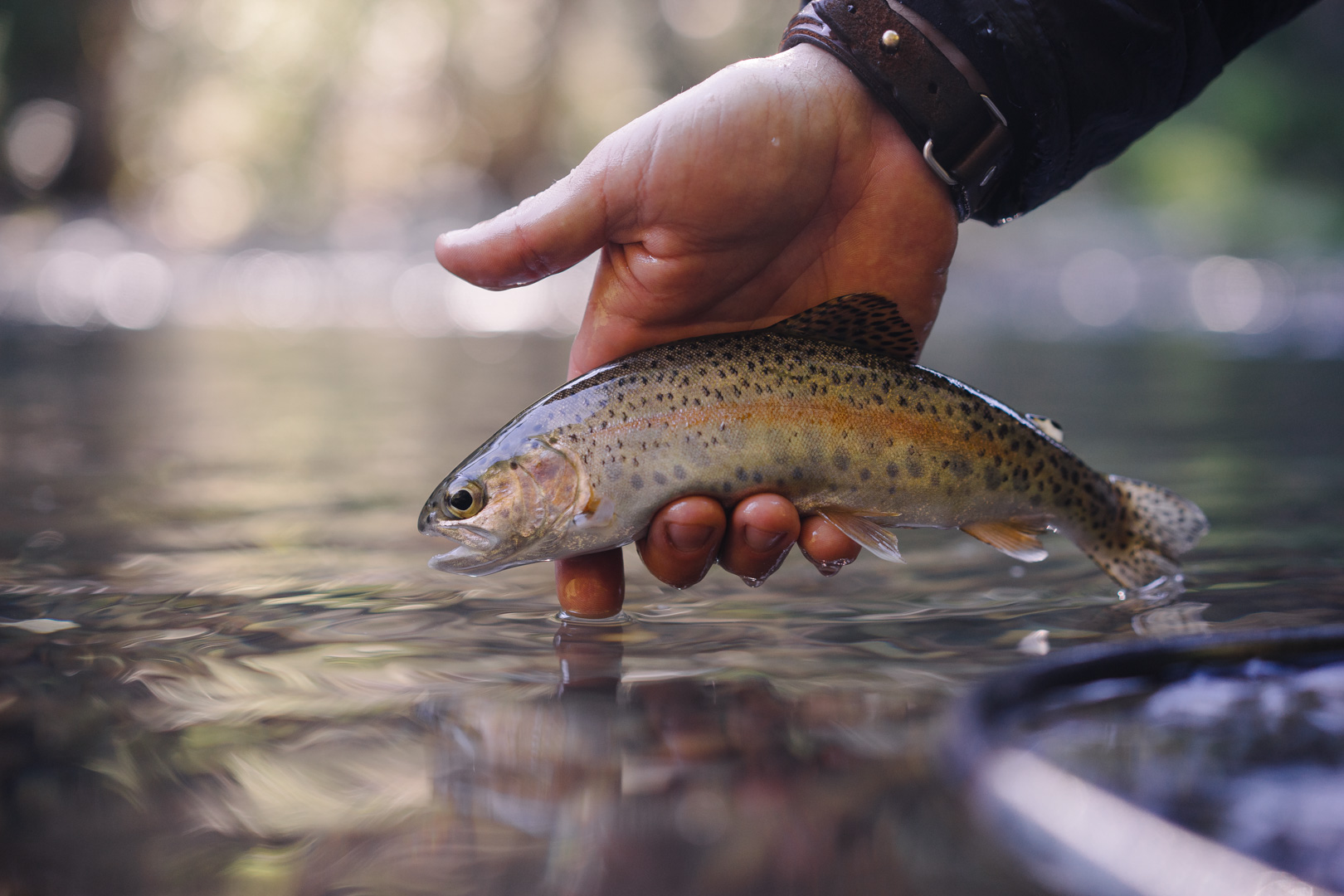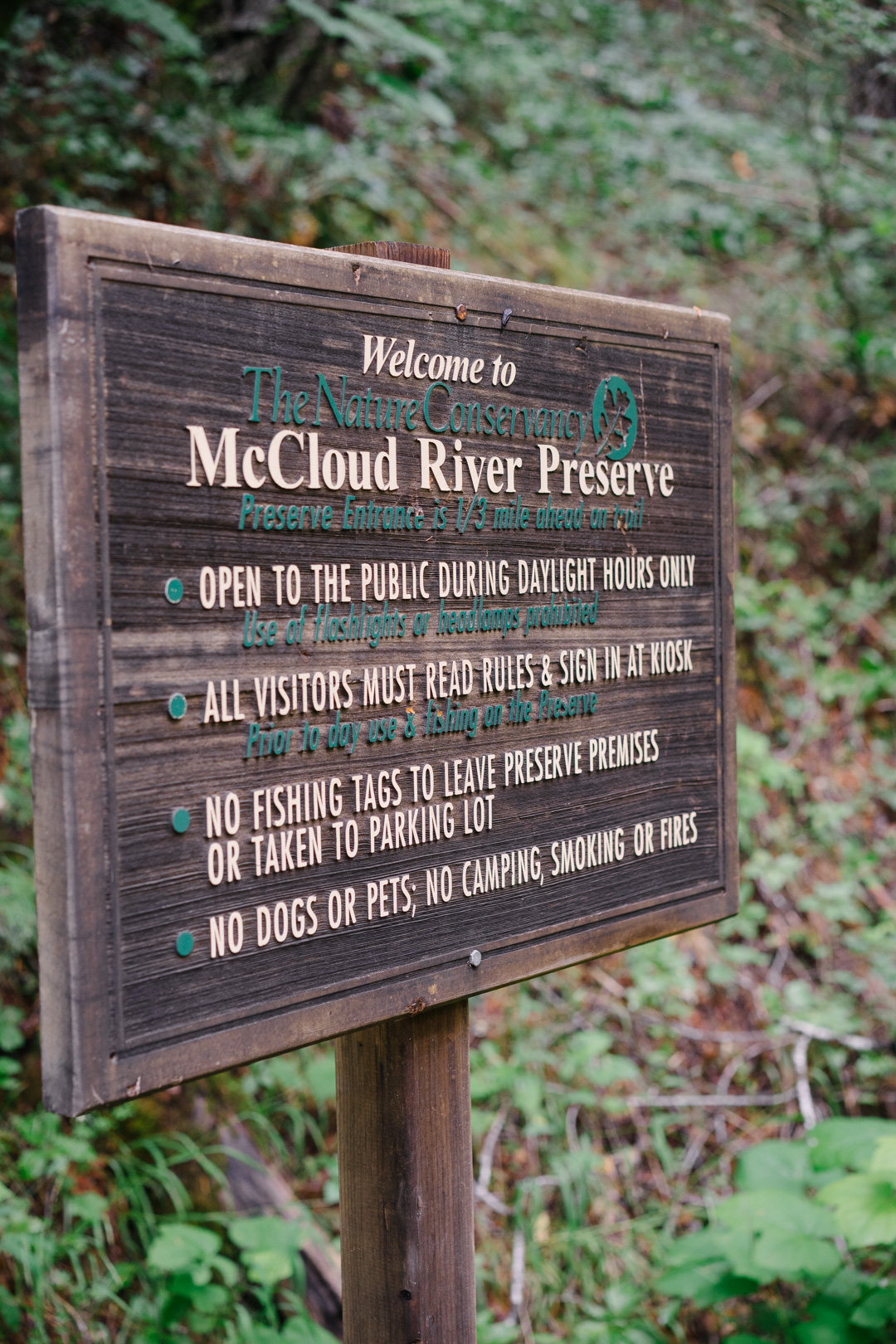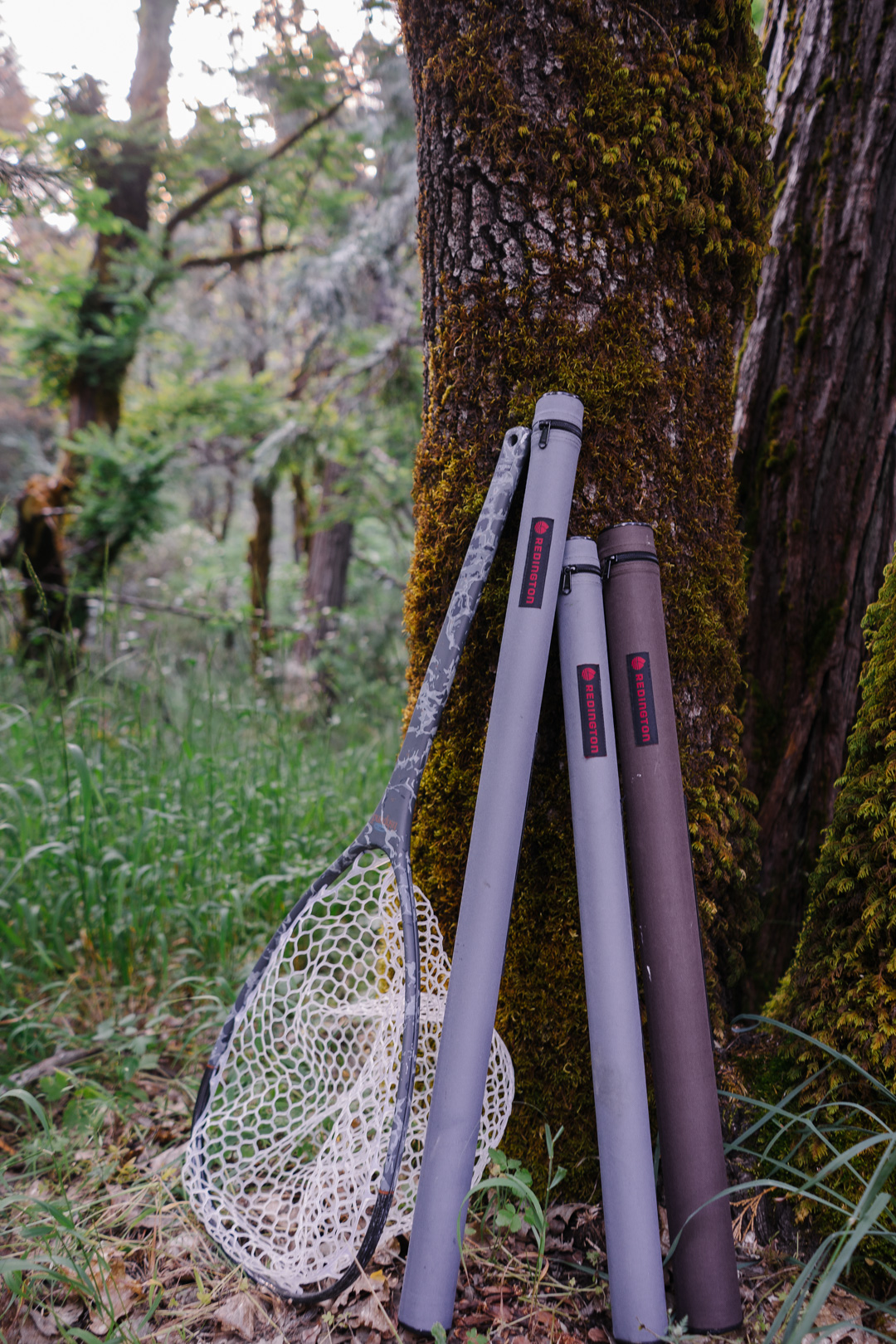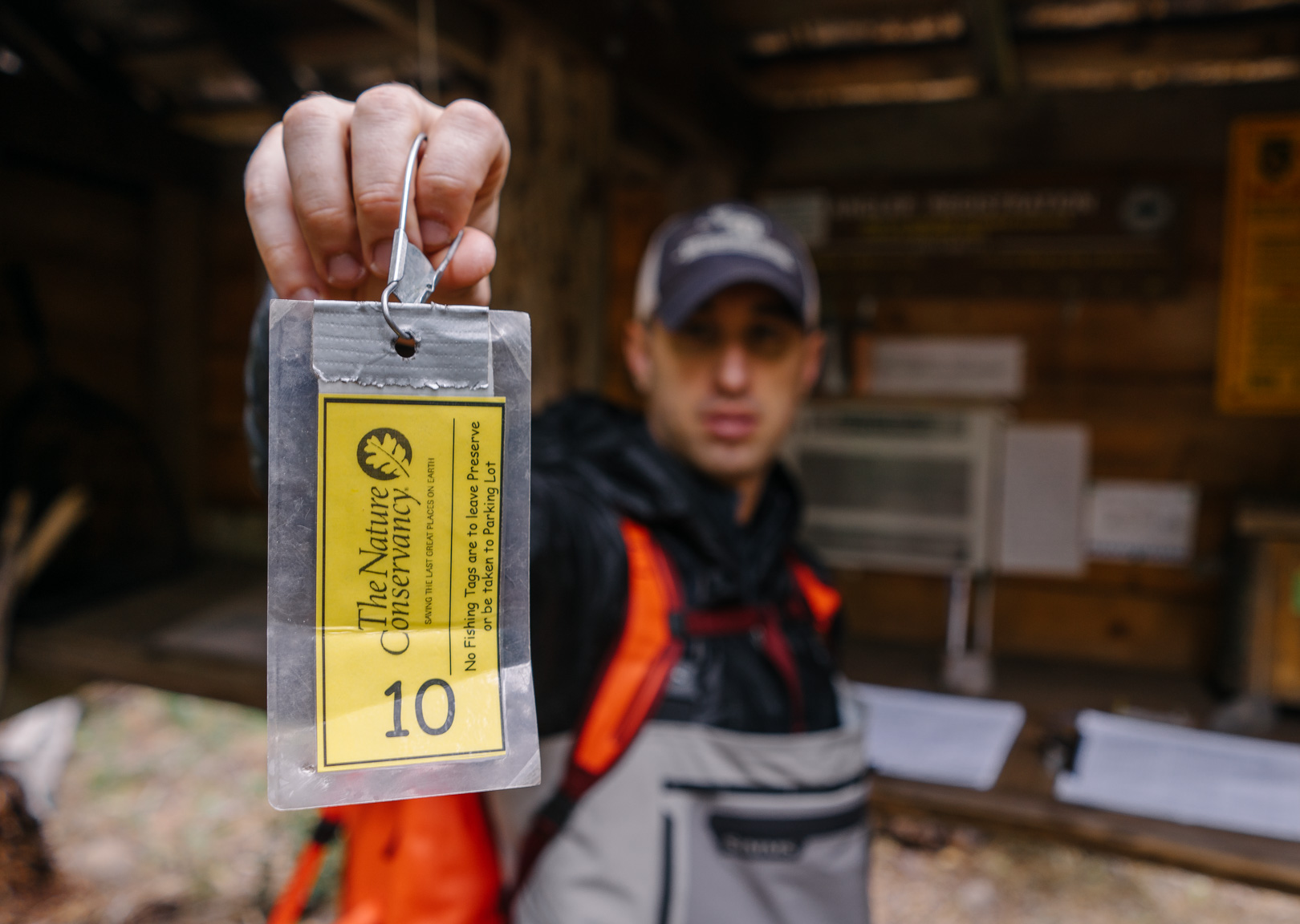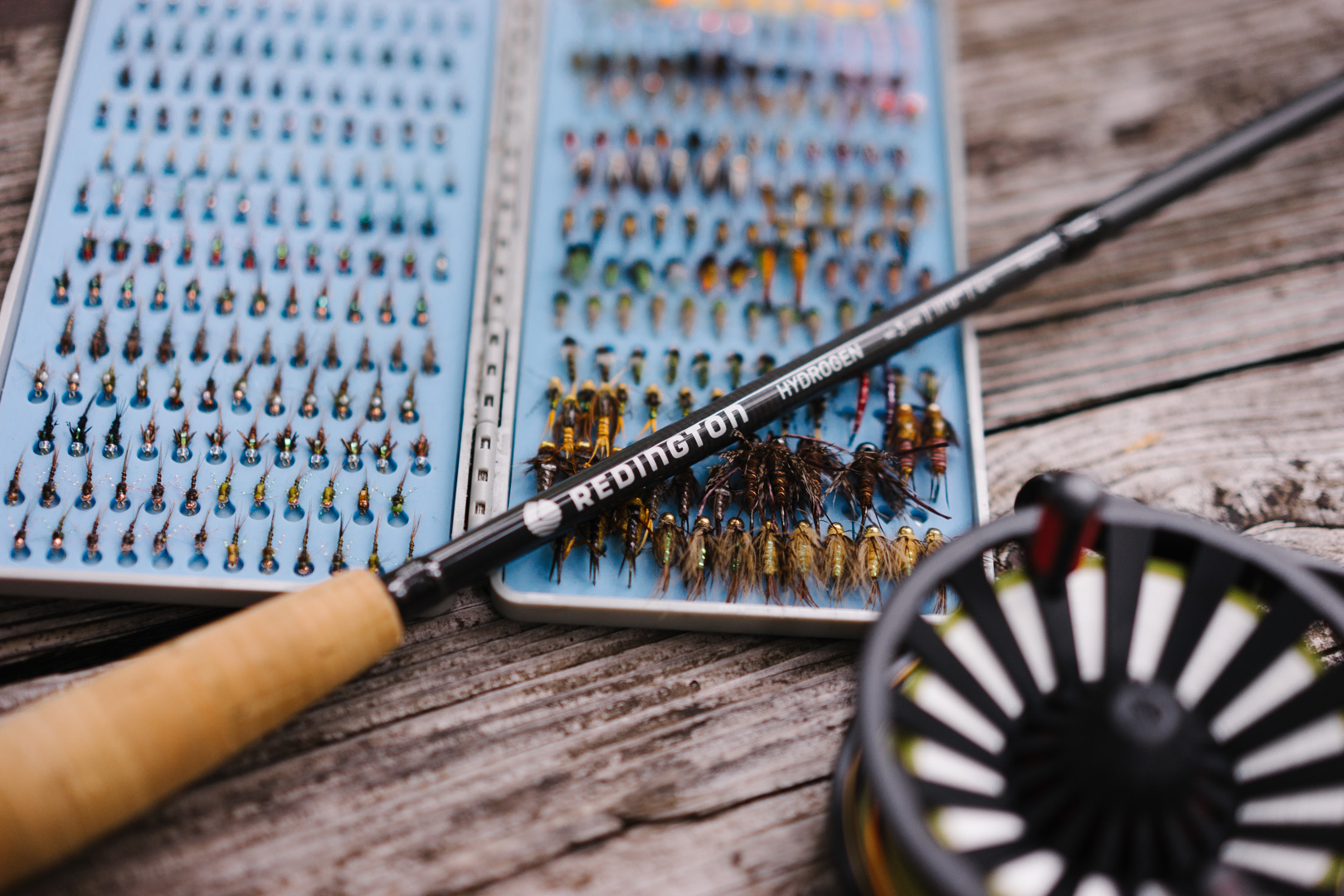Some rivers have a little more name recognition than others. I'm sure most of you have heard of the Madison River in Southwestern Montana, the Green River in Utah, and the Lower Sacramento in California. They're all amazing fisheries with historic hatches and huge fish numbers. However, one river stands head and shoulders above them all, the mighty McCloud. It certainly doesn't have the highest number of fish per mile or the massive size that some other rivers have. However, the McCloud has had an influence on the sport of fly fishing (and fishing in general) that reachers further than any other river I know.
The McCloud is one of the three major tributaries to the Sacramento River, which runs through the delta, into the San Francisco Bay, and under the Golden Gate Bridge. Historically, the McCloud had significant runs of steelhead, salmon, and hosted a healthy population of Bull Trout (last seen in the late 70's on the McCloud). As with many rivers in California, the McCloud has changed over time. Dams, logging, California's water demands and habitat degredation have altered the McCloud in a significant way. Those once legendary runs of anadromous fish are long gone along with the elusive Bull Trout.
The McCloud runs just north of Redding, California, a solid six hours from my home in San Francisco. Needless to say, I haven't spent a lot of time on this river. I'm still learning about its hatches, riffles, and big brown trout. This summer was only my second trip to the famed banks of the McCloud and I had high hopes of getting into some great fish.
Tim Harden of The Venturing Angler and I took the weekend to try some new water. With a Euro rod and a box of streamers, I approached the river with a bit of a scattered plan. We walked down the path from our campsite into the Nature Conservancy section of the river. Since 1976 the Conservancy has worked to monitor water quality and aquatic insects on the McCloud. The section of the river we fished (and most of the river in general) is breathtaking. Large boulders, deep green pines, and riverside flora all make for a scene out of a movie.
With my scattered approach, I spent way too much time changing rigs and rods. Throwing a streamer in one section, then floating a bobber rig, before coming through the run again with a tight-line approach. The fishing was good, but not what I was hoping for. My guess is that changing weather conditions and my unfocused approach to the river left a few fish to be had.
Although I didn't bring big numbers of fish to the net, the ones that did find my fly were beautiful and healthy, precisely the reason the Conservancy is protecting this two and a half mile section of the river. It's also the reason the Red Band Rainbows of the McCloud have been used to stock rivers across the country and the world. If you've landed a stocked fish, its genes probably came from the emerald green waters of the McCloud.
As we left, I couldn't help but feel a little melancholy. On one hand, it's great that places like this are being protected. With all that's going on in our country, it's important that we, as a community, continue to advocate for the protection of places like the McCloud River. On the other hand, it's sad to think about the potential of a river like this. I could only imagine driving to the McCloud with hopes of landing a steelhead or harvesting a Salmon for a campfire dinner.
Although it was only my second trip to the McCloud, the fishing, history, and beauty will certainly pull me back north in the coming months. There are some great trout in the river and I'd love to find them next time!
For more information on the McCloud River take a look at this video that Cal Trout put out a few years ago. It sheds a little more light on the significance of this river and highlights the importance of protecting the rivers, sensitive habitat, and public lands we're lucky enough to still have.


